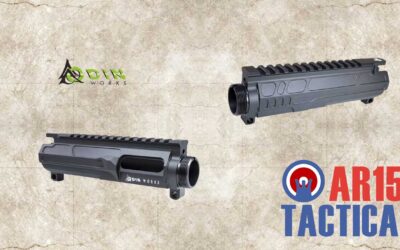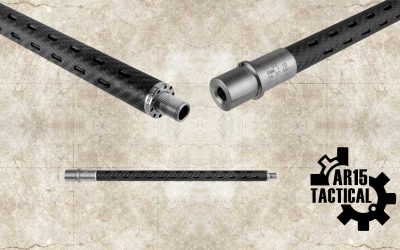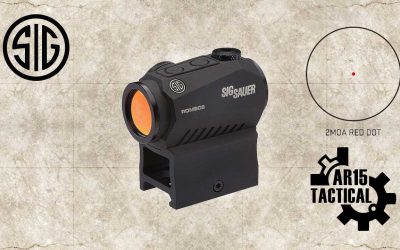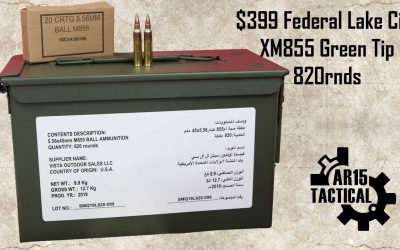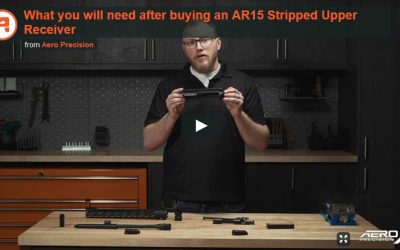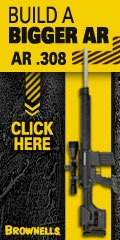Technical and Informational Resource for AR-15 and Variants
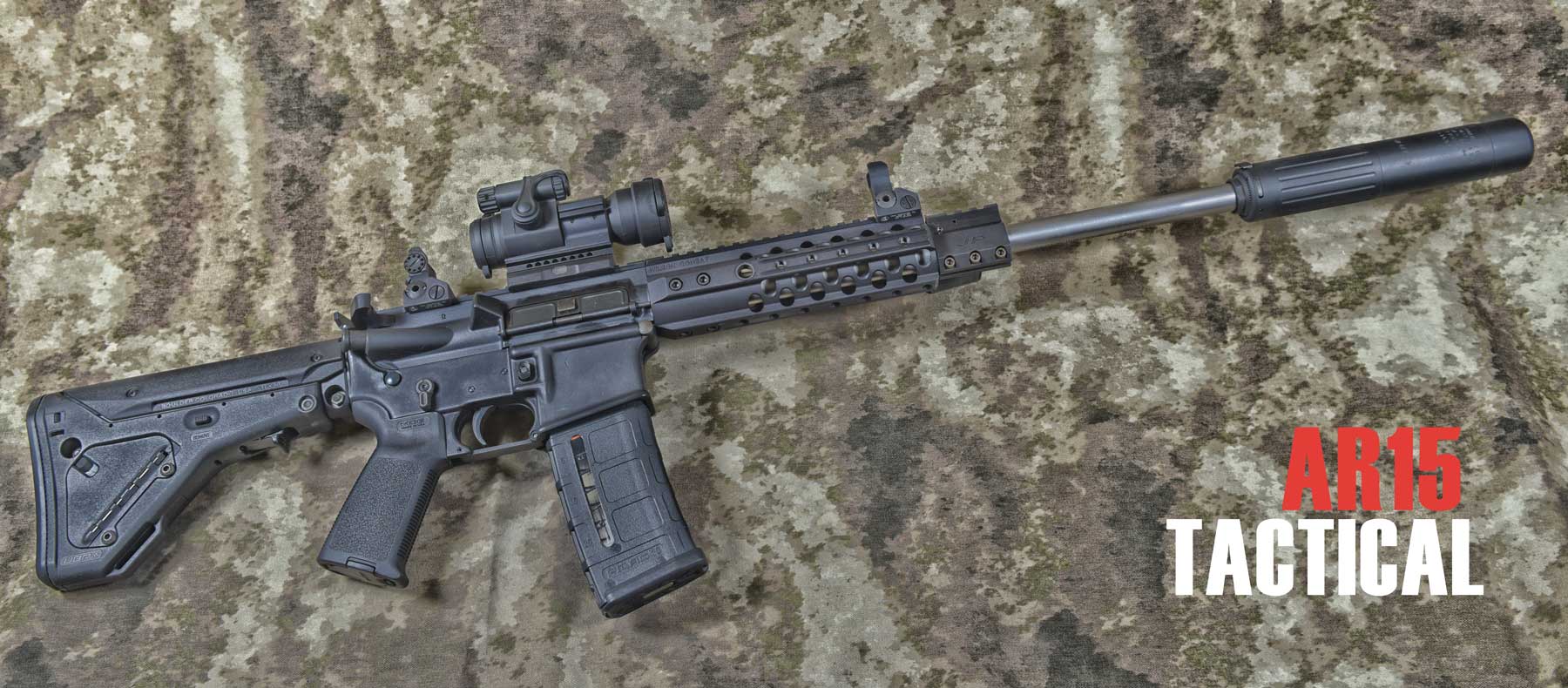
Odin Works 9MM Billet Upper Receiver
When accuracy, perfection, and reliability matters the ODIN Works 9mm Billet Upper Receiver will give you a distinct advantage. With its sleek design No Forward Assist and low profile brass deflector its guaranteed to help you stand out in a crowd.
Faxon Gen 2 9mm AR PCC Bolt Carrier Group Glock Colt Compatible
Purpose-built for 9mm AR-15 pistol caliber carbines, Faxon Firearm’s Generation 2 PCC blow-back carriers keep the features of the well-loved first Gen BCG with modern improvements. Faxon maintains the dual COLT/GLOCK compatible geometry, user-removable weight and full-auto compatibility while adding new and welcome features. Faxon maintains a “ramped” bottom so any common trigger can be used – ideal for competitive shooters and plinkers alike.
The extractor has been upgraded from an internal “1911” style claw to an AR-15 pivoted and sprung option. For ease of disassembly, a standard firing pin cotter pin is used, and to ensure long-life, the carrier key is separate from the charging surface ensuring that the carrier stands up to any vigorous action – no sheared keys! A stronger firing pin rounds out the new changes.
BSF CARBON FIBER 9MM AR-15 BARRELS
BSF Barrels builds their 9mm Luger AR-15 carbon fiber barrels with the same care that goes into a top-quality match barrel to ensure that you’ll achieve the best possible accuracy from your AR pistol, SBR, or carbine. All BSF barrels are turned from ordnance-grade 416R stainless steel, then given a roll-wrapped, tensioned, carbon fiber sleeve. The sleeve keeps weight down while providing excellent rigidity, plus enhanced cooling.
Vortex Viper PST Gen II 5-25×50 FFP EBR-7C
The Vortex Viper PST Gen II 5-25×50 FFP EBR-7C brings you all the features of elite, top-tier tactical optics, with exceptional performance at a fraction of the cost. The 5x optical system delivers bright and crisp images across the zoom range with an impressive field of view for quicker target acquisition. Exposed turrets provide ample range of adjustments for dialing long-range shots, are available in MOA or MRAD, and always match the reticle. After a day of dialing at extended ranges, the integrated, mechanical, RZR zero stop will bring you back to your exact zero every time with positive engagement.
We Don’t Sell Anything
Recently we began getting receiving emails and messages inquiring about “order status”. That site selling AR hardware with a shortened version of our name and similar logo colors has no affiliation with us. We were not aware of them until approximately one month ago. We also have no idea if it’s a legitimate site. There are missing pages and no contact information. Those are red flags in our view. Our site is an information only based blog with corresponding social media pages. We do not sell anything, never have and never will. Our site is https://ar15tactical.com and have been doing this since 2010. Thank you.
CMMG BANSHEE 300 MK57 5.7X28 AR PISTOL
The Banshee is the featherweight of CMMG’s lineup, with the shortest barrels in their caliber. Its design gives you the firepower you need in a compact and lightweight platform, ideal for plinking, competition shooting, and serious personal protection. The Banshee features a Tailhook MOD 2 pistol brace, Magpul MOE pistol grip, and RML handguard with a top rail and M-Lok at the 3, 6, and 9 o’clock locations. It has a mil-spec, single-stage trigger, an ambidextrous charging handle, selector, and sling plate. Banshee pistols feature a premium Cerakote finish on the receivers and handguard. The MK57 Banshee 300 in 5.7mmx28mm has forged upper and lower 7075-T6 aluminum receivers. This model has a burnt bronze cerakote finish, 5″ black nitride barrel with a KAK Slim Flash Can, CMMG Ambidextrous charging handle, laser engraving on the lower receiver, and includes a 20-round magazine.
American Eagle 5.56mm 55gr FMJBT Ammunition 1000rds Loose Pack XM193BK
Federal American Eagle is loaded with Lake City Brass to NATO specifications. This ammunition is a great choice for the shooter looking for a great affordable round for target shooting, training, and practice. This ammunition is new production, non-corrosive, in boxer-primed, reloadable brass cases.
Sig Sauer ROMEO5 1x20mm Red Dot Sight SOR52001
Sig Sauer ROMEO5 1X20mm compact red dot sights provide civilians and armed professionals a robust 1x aiming solution for any situation. Ultra-low parallax, so point-of-aim is point-of-impact, and the red dot remains parallel to the bore of your firearm, no matter what your viewing angle is relative to the optical axis of the sight. Unlimited eye-relief allows you to acquire the aiming point and the target regardless of the position of your eye behind the sight. The readily available CR2032 battery is side-loading, allowing for quick battery replacement (featuring 40,000+ hours or more of life): dependable waterproof (IPX-7 rated for complete water immersion up to 1 atmosphere) and fog-proof performance.
Federal Lake City XM855 Green Tip 62gr 820rd ZSAM855MOI
This Federal XM855 Ammunition was originally produced for an overseas military and includes the green paint designating a true steel tip penetrator core. This is the same ammunition currently being used by the Military and is first run quality product. Headstamps will be marked with “LC” and “19” for the year of production. Brass will show annealing marks and is excellent for reloading after primer crimp removal. This ammunition is new production in reloadable brass cases.
Aero Precision What You Need AR-15 Building Videos
It’s a great time to start that rifle build you’ve been thinking about, maybe you already have a lower receiver and/or an upper receiver and just need to know what’s next. Aero Precision put together an easy to follow video of all the necessary parts you’ll need to complete your build. We’ve seen many new customers purchasing their serialized lower receivers and these videos will help you turn that lower into a rifle.

